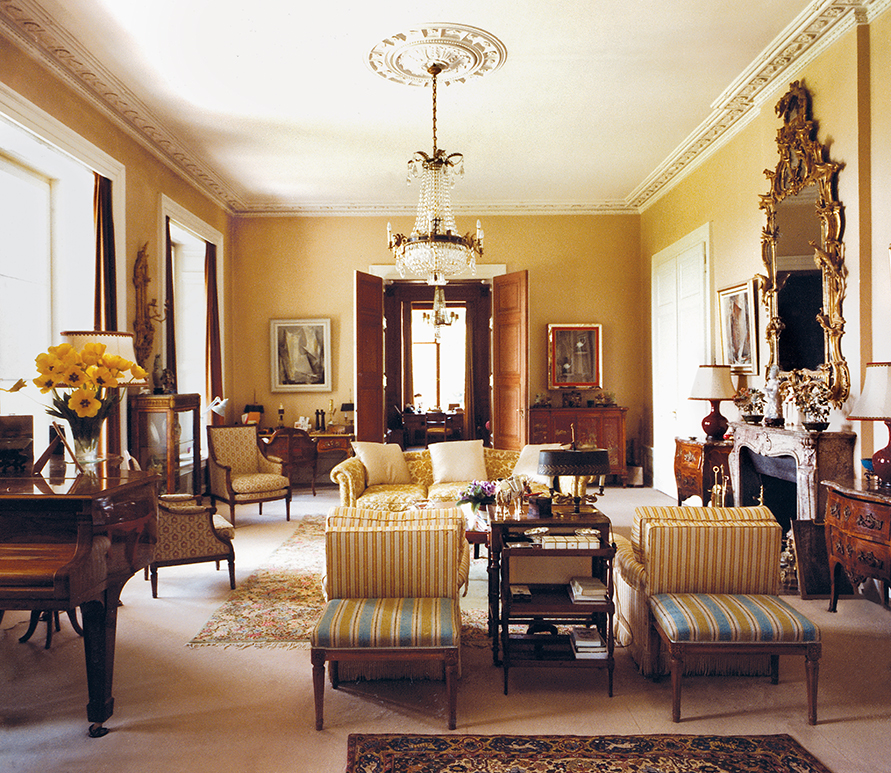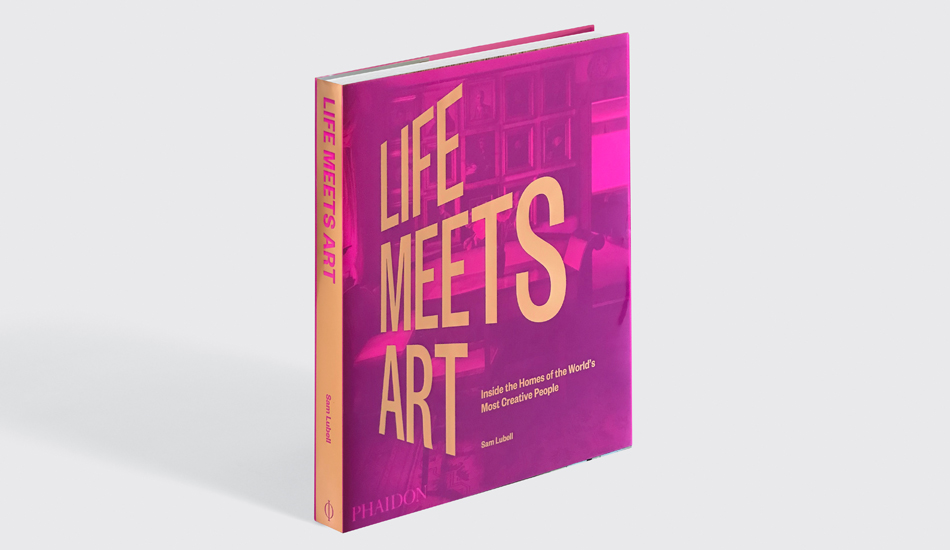
How Charlie Chaplin worked from home
The film star edited films, created music and wrote his autobiography at his home on the shore of Lake Geneva
Our working environment changes over time, as many of us have found during the current pandemic, hunkered down in our home offices. However, there’s far greater variation in productive domestic settings in our new book Life Meets Art.
Within these pages, readers gain incredible access to some of the most fascinating domestic settings belonging to some of the most creative people in the world. The houses of talented people in the spheres of art, design, fashion, literature, music, and film, feature in this new publication, from Leonardo da Vinci to Gilbert and George; Agnes B to Alexander McQueen; Marc Jacobs to Marc Chagall.
There are plenty of rags to riches stories in there, but few are quite as dramatic as Charlie Chaplin’s. The actor, filmmaker and composer found fame on the English stage, yet his first spell of hard labour was actually in a poor house in south London, after his family fell into penury. The contrast between these humble beginnings and his last, grand (and rather private) home, where he wrote his final film scripts and his autobiography, couldn’t be greater.
“Chaplin was not just the most famous actor of the silent film era—he was one of the most important figures in all of film history,” the text in our new book explains. "His film career spanned over seventy-five years and more than eighty films, as an actor, director, and producer. But while Chaplin is undoubtedly an international icon, his home for the last twenty-five years of his life, the Manoir de Ban in Corsier-sur-Vevey, Switzerland, was very much a private place.
Perched above Lake Geneva, 55 miles (89 kilometers) northeast of the city of Geneva, the property, which includes parks, gardens, and outbuildings spreading across 33 acres (13 hectares), gave Chaplin -hounded out of the United States due to, among other charges, supposed links with the Communist Party - and his family the privacy they sorely needed. The screenplays for his films A King in New York, A Countess from Hong Kong and The Freak were written at Manoir de Ban. He reworked the music for his films at the piano and wrote My Autobiography, published in 1964, at the property.
“Once the home of nobles, military captains, and industrialists, Manoir de Ban boasts stunning views of the lake and the Swiss Alps. The 1841 neoclassical residence, graced with fluted pilasters and pedimented windows, has nineteen rooms, some still holding the family’s furnishings and possessions. The sumptuous salon centers around a Rococo-style fireplace and mirror, a French Empire beaded crystal chandelier, and a Jacquard-print sofa. Manoir de Ban is part of Chaplin’s World, a large-scale museum dedicated to Chaplin that contains reconstructed film sets, a multimedia theater, and lots of wax figures.”
For more enchanting domestic settings belonging to some of the world’s most creative individuals, get a copy of Life Meets Art here.
